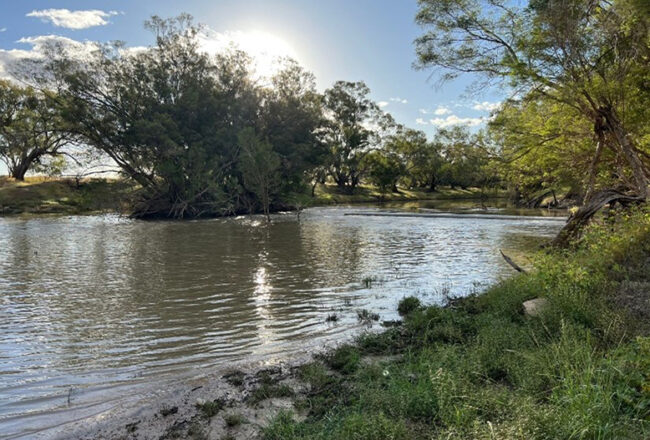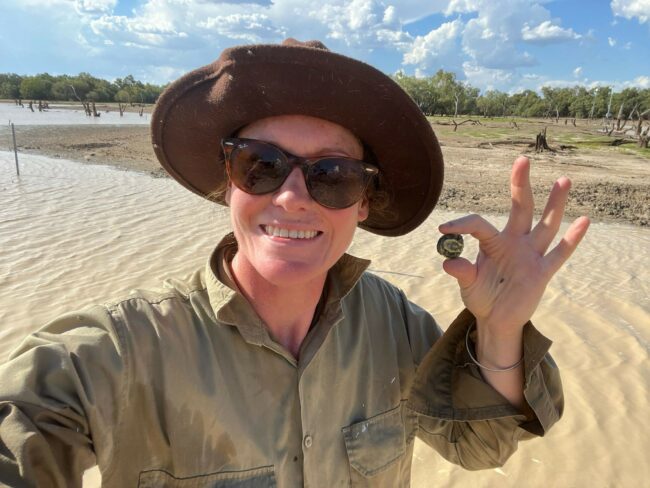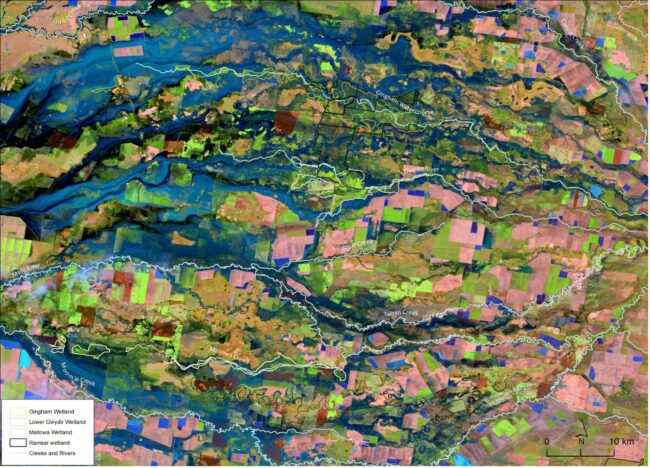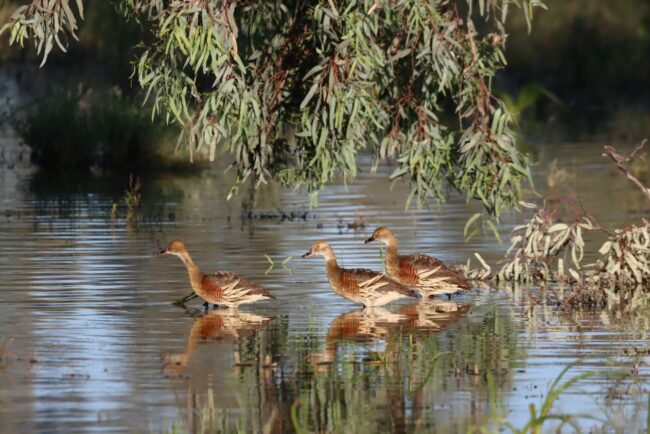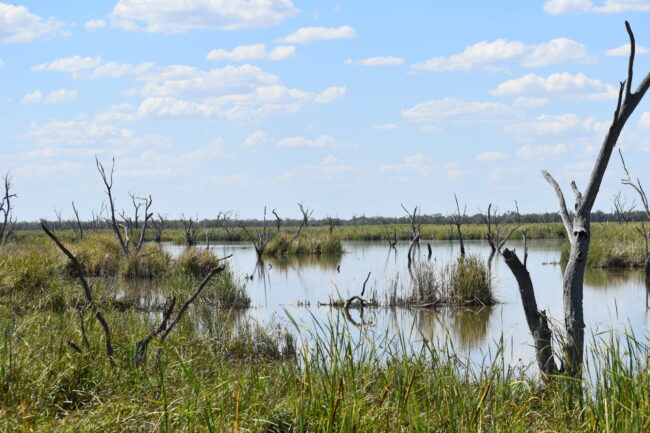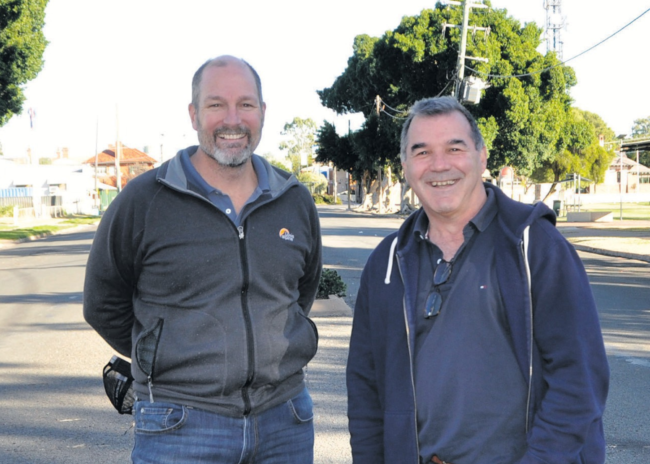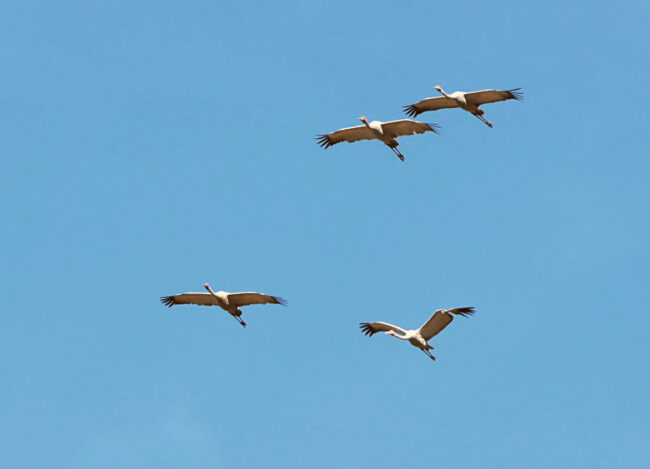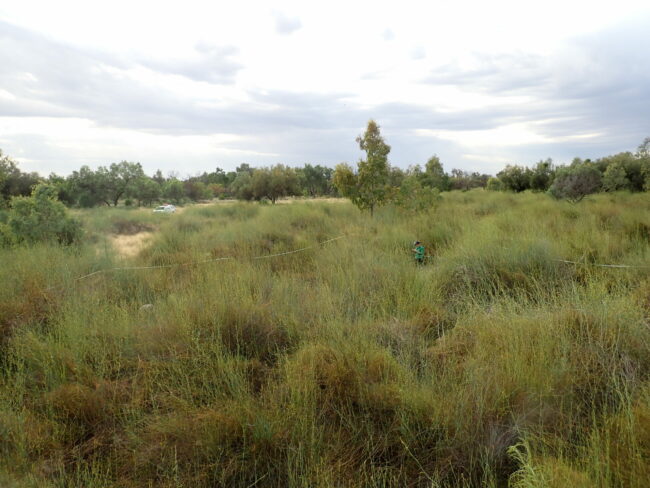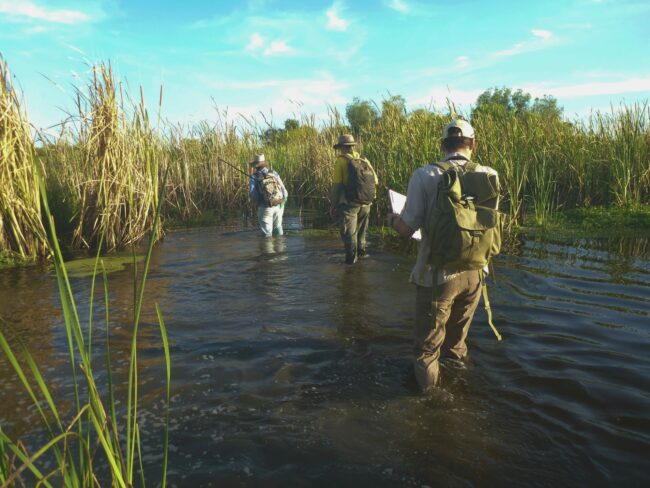Northern Refresh Flow Update
Mogil Mogil Weir, Barwon River above Collarenebri, late April. Photo credit Jason Wilson, CEWH. The Northern Refresh Flow delivered 8.8 GL of water for the environment from the Gwydir and Namoi catchments between mid-April and mid-May. This water flowed into the Barwon-Darling and helped to improve water quality, connect rivers and streams and allowed fish…

